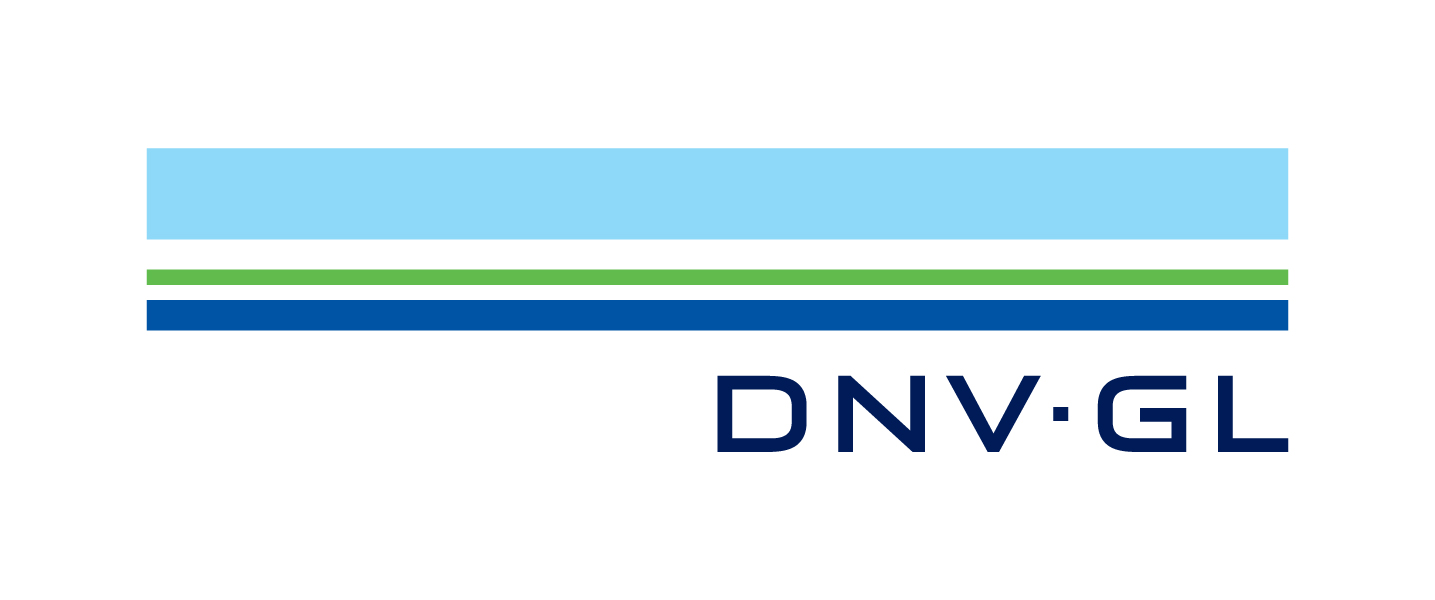As a part of the report “Assessment of the United Nation Global Compact”, compiled by a project team at DNV GL, Hellolittlefuture has composed an analysis based on desk top research involving literature, surveys and other materials in order to look upon UN Business Partnership Workstream.
Focus has been on
- General assembly resolutions
Assess the evolution of language use and ascribed role of the UNGC in the General Assembly Resolutions from 2001 to 2013.
https://www.unglobalcompact.org/Issues/Business_Partnerships/reports_resolutions.html
- In what way can we see that the UN Bus partnership agenda managed by the UNGC is growing in importance?
- How is the UN Bus partnership work adressed? (frequency, wording, importance)
- Main UNGC sources of information to support UN Bus partnerships
Focal point newsletter, established in 2006 and issued ~biannually with different focus themes.
While the involvement of the private sector in the work of the United Nations represents a huge opportunity for jointly addressing global issues, it also raises a number of challenges. In order to address these issues, UN Agencies, Funds and Programmes have responded by putting into place “Private Sector Focal Points” whose responsibility is to coordinate activities with the private sector within their respective organization.
https://business.un.org/en/documents/focal-point-newsletter
- Very high level review of focus areas and approach of the newsletters: evolution of choice of focus areas, can we see any continuity in the types of challenges that are identified and how the UNGC through the newsletter works to address these?
- UNGC Handbook for UN Business Partnership
- Does it say anything about how the un bus partnership nature of cooperation has evolved over the years and what the communicated/proclaimed role of the UNGC is in that context?
The overall report has the following focus and will be released in June 2015.
(i) Give an account of the modern history of the corporate sustainability movement from 2000-2015. (ii) Assess the change that has been generated as a result of the UN Global Compact in the past 15 years. (iii) Provide recommendations for pathways of transformation towards achieving the UN Global Compact’s vision and objectives
Part 1: The Evolution of Corporate Sustainability – The modern history of the corporate sustainability movement, providing the bigger picture and story behind the Global Compact (main phases, drivers, character-istics and achievements). The mainstreaming of CR/CS globally.
Part 2: Vision – Describing a more sustainable and inclusive global economy. Describing the two complementary objectives: 1. Mainstream the Global Compact’s Ten Principles in business strategy and operations around the world. 2. Catalyse business action in support of UN goals and issues, with emphasis on collaboration and collective action.
Assessment of Global Compact impact 2000-2015 – Assessment of achievements to date: Qualifying and quantifying change that can be attributed to the Global Compact. Scope; Status in 2000 (baseline), Status in 2015, Gap between 2000 and 2015, Gap between 2015 and Vision.
Part 3: Pathways of Transformation 2015-2030 – How can the Global Compact accelerate from incremental to transformational action and make corporate sustainability into a major transformational force? Overview of pathways and tipping points. High-level recommendations for the next fifteen years (corre-sponding to the next SDG period).
Project Success: Practical value for the UN Global Compact Office in terms of how it can reach its vision of a more sustainable and inclusive global economy. Recommendations are embraced by Global Compact stakeholders and supports the strategic development of the initiative (delivers enduring impact). Provides clarity around what the Global Compact is, and contributes to attracting new participants. Brings new perspective to the debate around corporate sustainability, and identifies promising leverage points for enabling systems change. A credible account of how business contributes to solve societal challenges. Broad uptake in the Global Compact network and beyond.
Project Failure: The recommendations are perceived as irrelevant, and are rejected by the Global Compact Office. The assessment results are seen as lacking credibility, and are rejected by the readers. A lengthy report full of buzz words, academic in tone and not speaking to business. Immediately forgotten after the launch. Lack of clarity on purpose, and no differentiation from other reports.
Study Limitations: Focus on Global Compact initiative / network, not the internal workings of the Global Compact Office. Some recommendations may cover Global Compact ways of working, communications, best practice examples BUT our scope is not to provide strategy or management advice. We are in general not looking at impact on the ground, but we will seek to provide concrete examples through deep-dives. We will provide feedback sessions to the GCO but we are not providing a written report on internal findings.
